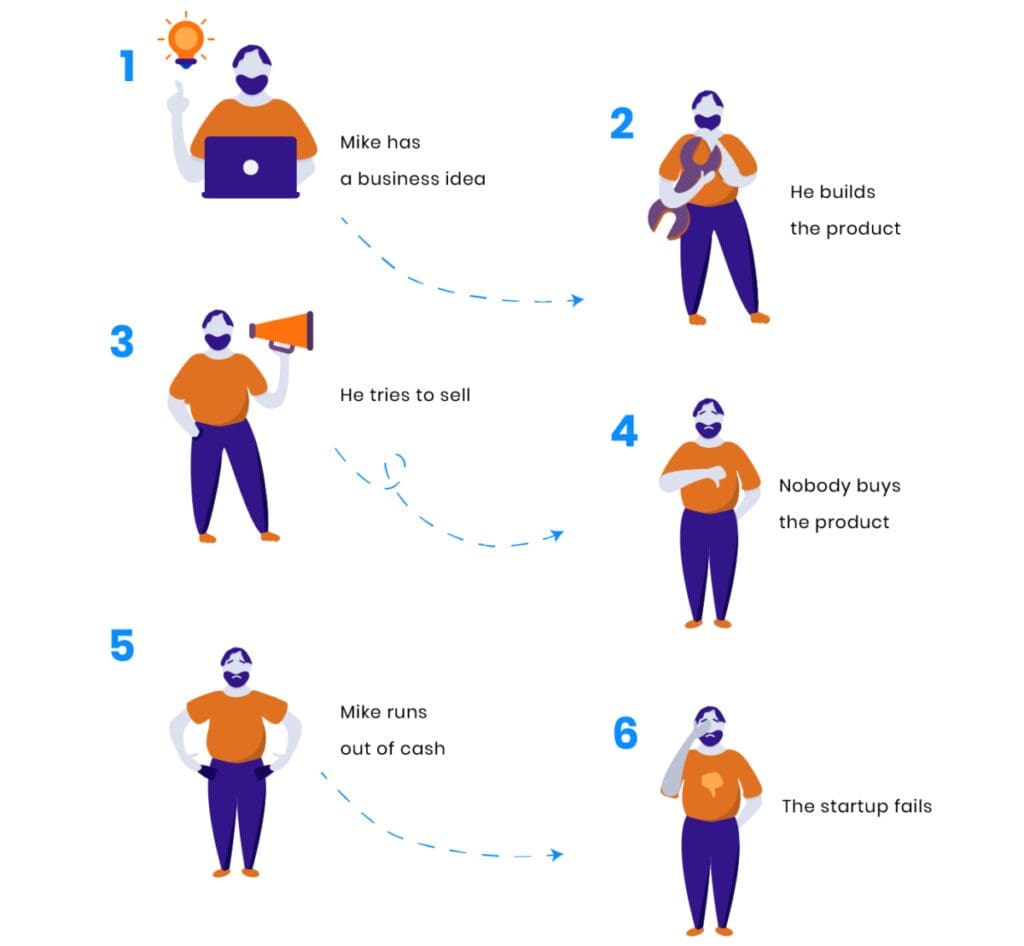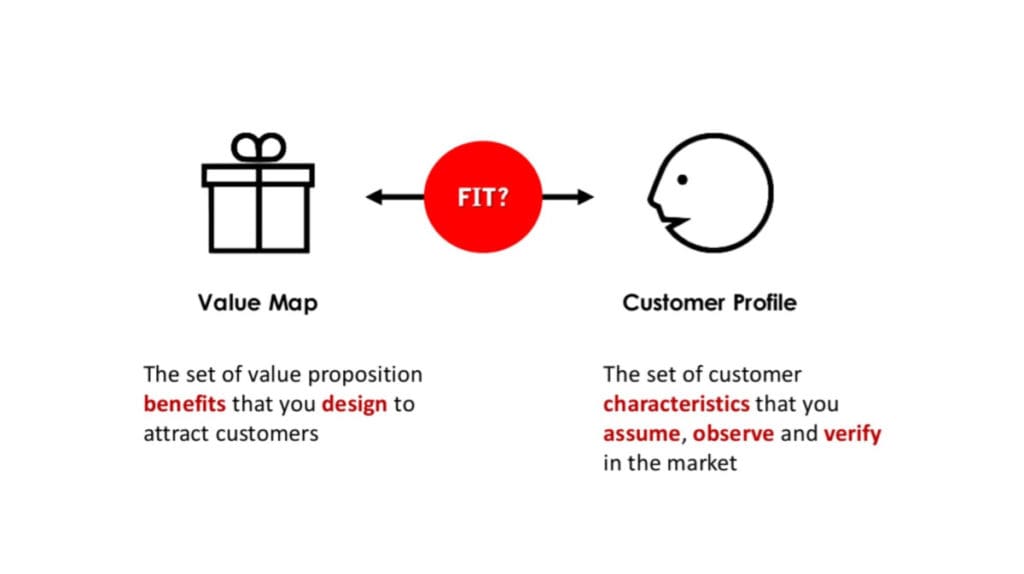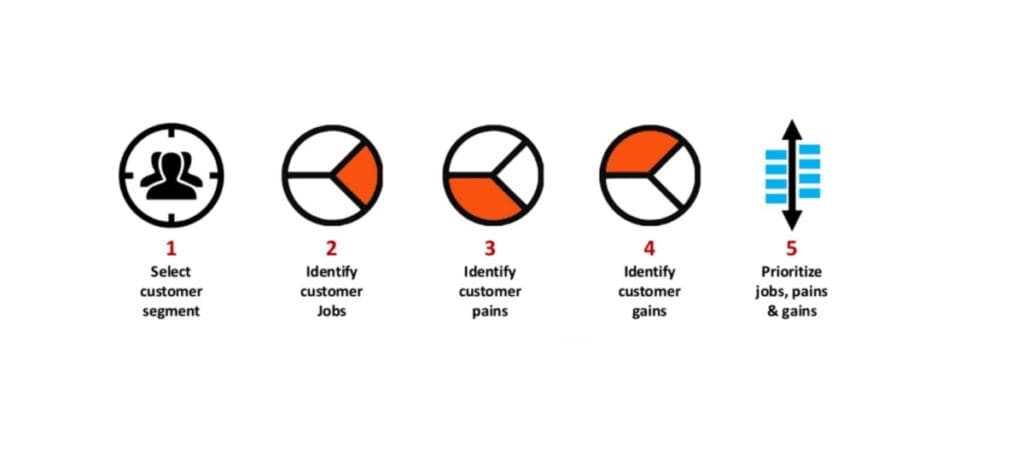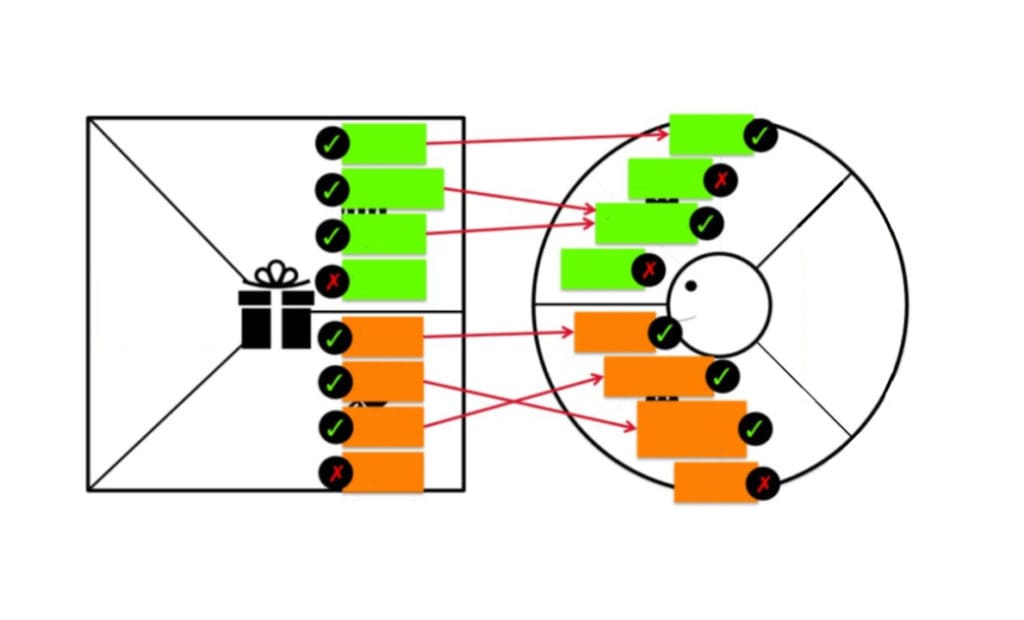🚀 Just Launched: The Ultimate Reddit Marketing Playbook (+ 🎁 Bonus Content)
Most product launches fail, according to the Harvard business review. The reasons for this are rarely related to the idea behind the product. Ideas can seem great in the head of a founder and often well-justified through subjective opinion. However, without a researched understanding of the market’s needs and a solution’s value to potential buyers, the chances of failure increase significantly.
Business challenges are multidimensional and hard to navigate. You try to manoeuvre through complex datasets like market landscape, customer needs, economic situations and other factors which affect the potential success of a product or service. Ideally, you aim to find an intersection between all of these factors where there is a gap, then fill it with your value proposition.
No wonder such a significant number of businesses don’t succeed. Building a product is a complicated process, requiring an evidence-based approach combined with a gut feeling you develop with experience. It’s difficult for most product leaders to find a list of all the factors you should consider and a step-by-step guide that will guarantee you 100% success. You can however use proven tools that will drastically improve your chances of achieving a positive product outcome.
One of the most important things to remember – don’t overfocus on unsubstantiated opinions about your product idea. Poor research leads to a misunderstanding of the target audience and, as a result, a feature or product that potentially no one needs.

"I never perfected an invention that I did not think about in terms of the service it might give others… I find out what the world needs, then I proceed to invent.”
Thomas Edison
You can perform research in multiple ways – the sky is the limit for all the techniques you can use. But to achieve the best results quickly, focus on a limited number of truly powerful tools – and a Value Proposition Canvas should be one of them.
A Value Proposition Canvas (VPC) is a framework that helps ensure a fit between your product and customer.

Some of the advantages of creating a VPC include:
While the VPC is a powerful tool, you should consider a few limitations it may have:
Another tool to complete your research is a Product Canvas. Just like how a Product Canvas helps you view how your product is positioned, a Value Proposition Canvas is a tool that helps you see how your product correlates to your customers’ valuable needs. These two assets complement each other. For example, you can mould your Value Proposition Statement with the help of VPC and include it in your Product Canvas.
To create a VPC, you should first know your audience well. If you have a vague image of your customers, you can create Persona Profiles to structure and document your target audience. Remember to take one Persona Profile at a time to create a VPC and identify jobs they are trying to perform, pains they suffer from, and gains they want to achieve.

Customer jobs are actions that your customers need to perform. Jobs can be functional (such as sending a message), social (be perceived as a professional), or emotional (feel secure).
Pains are issues that annoy the customer before, during and after getting the job done. They can be undesired outcomes, obstacles or risks that a customer may undergo. For example, expensive costs or inconvenience of existing solutions.
Gains are the positive outcomes and benefits that your customers desire. For example, saving time could be among the most popular customer gains.
Once you have identified jobs, pains and gains , define their priority to see which of them are the game changers for your product. Mark the most important jobs, most severe pains, and most relevant gains to make your VPC structured.

Product and services are the solutions that you create. They can be divided into categories, such as:
Pain relievers define how exactly your product and services alleviate specific customer pains. For example, the instant booking feature can save customers’ time and relieve the pain of lengthy e-commerce processes, instead performing the same actions in one click.
Gain creators are features of your product that help customers achieve the desired outcomes—for example, better performance or higher processing speed than your customers have today.
Just like the Customer Profile, once you finish adding items to each section, you can proceed to prioritisation. Look at each product, pain killer and gain creator and identify the most and least relevant ones among them.

After you list and prioritise items, link the related product and customer items: compare Gains to Gain creators and Pains to Pain relievers. This will allow you to see which aspects of user needs are covered by your product and which are not. At this point, you can quickly identify the gaps you couldn’t see before.

We have also prepared a free Value Proposition Canvas template with example data so you can try building one yourself for your product.
If you need help with putting your Value Proposition Canvas together, get in touch with us. Fractional Teams experts can help you with all the required steps, starting from Persona Profiles creation. Then, you’ll be able to transform VPC findings into actionable insights for your product.
Hi! I'm Solomiia Bodnar, Senior Business Analyst at Fractional Teams. I write about market research and business analysis.
Check out the first webinar session on “Content that converts”, jointly organised by Comms Council UK (CCUK) and Fractional Teams.
Discover practical ways to reuse your content across different platforms. Make the most of your content while reaching a broader audience.
Read about the benefits of hiring a Fractional Marketing Team and why it is a cost-efficient solution for growing your business.
Digital Content
Events and Community
Products and Propositions
Lead and Demand Generation
Technical Platforms and Services
Fractional CxO
Technology Vendors
Industry Specialists
Service Providers
Company
Events
Careers
Resources Hub
Case Studies
Blog
Mini SEO Audit